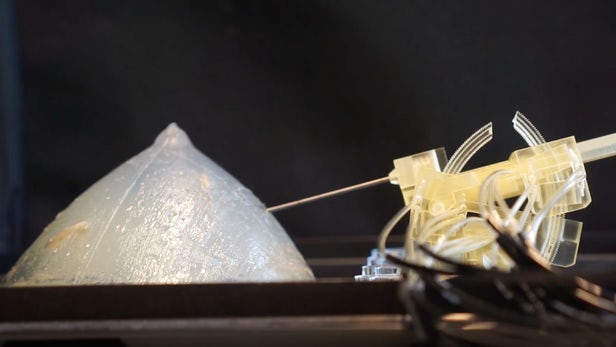
Breaking News
 Verizon to Slash 15 Percent of Its Workforce, About 15,000 Jobs
Verizon to Slash 15 Percent of Its Workforce, About 15,000 Jobs
 The SCARY SHIFT from SCARCITY to ABUNDANCE
The SCARY SHIFT from SCARCITY to ABUNDANCE
 Foreclosure surge signals housing market distress as costs spiral out of control
Foreclosure surge signals housing market distress as costs spiral out of control
 Nearly 1,000 flights canceled despite government reopening, disruptions expected for days
Nearly 1,000 flights canceled despite government reopening, disruptions expected for days
Top Tech News
 Blue Origin New Glenn 2 Next Launch and How Many Launches in 2026 and 2027
Blue Origin New Glenn 2 Next Launch and How Many Launches in 2026 and 2027
 China's thorium reactor aims to fuse power and parity
China's thorium reactor aims to fuse power and parity
 Ancient way to create penicillin, a medicine from ancient era
Ancient way to create penicillin, a medicine from ancient era
 Goodbye, Cavities? Scientists Just Found a Way to Regrow Tooth Enamel
Goodbye, Cavities? Scientists Just Found a Way to Regrow Tooth Enamel
 Scientists Say They've Figured Out How to Transcribe Your Thoughts From an MRI Scan
Scientists Say They've Figured Out How to Transcribe Your Thoughts From an MRI Scan
 SanDisk stuffed 1 TB of storage into the smallest Type-C thumb drive ever
SanDisk stuffed 1 TB of storage into the smallest Type-C thumb drive ever
 Calling Dr. Grok. Can AI Do Better than Your Primary Physician?
Calling Dr. Grok. Can AI Do Better than Your Primary Physician?
 HUGE 32kWh LiFePO4 DIY Battery w/ 628Ah Cells! 90 Minute Build
HUGE 32kWh LiFePO4 DIY Battery w/ 628Ah Cells! 90 Minute Build
 What Has Bitcoin Become 17 Years After Satoshi Nakamoto Published The Whitepaper?
What Has Bitcoin Become 17 Years After Satoshi Nakamoto Published The Whitepaper?
3D-printed plastic bot can take biopsies inside an MRI scanner

Engineers at the University of Twente have developed a new biopsy robot made from 3D-printed plastic. This allows it to operate inside a MRI scanner so accurate biopsies can be taken with real-time visualization of the abnormal tissue. It's hoped the device will offer doctors a new way to accurately biopsy and diagnose breast cancer in its early stages.
The Stormram 4 has been designed to be free of all the conductive metals that robots usually consist of, making it functional under the strong magnetic field within an MRI scanner. The device is small, 3D printed from plastic, and is driven by air-pressure instead of electricity.
This fourth iteration of the robot is the smallest the team has developed and it can now fit inside an MRI scanner's slim tunnel. Five-meter (16.4-ft) long air-pipes run to an external controller, allowing the robot to be directed from outside the MRI. Preliminary tests show the robot can target tissue with sub-millimeter precision when equipped with an MRI compatible needle, a degree of accuracy that would be impossible for a human operator to achieve.

 Unbanked In A Connected World
Unbanked In A Connected World


